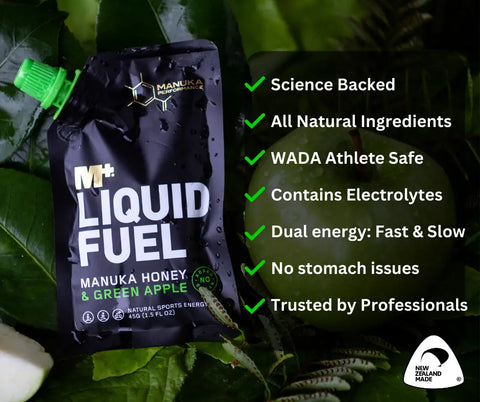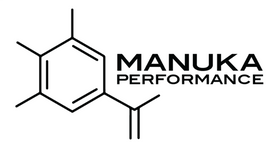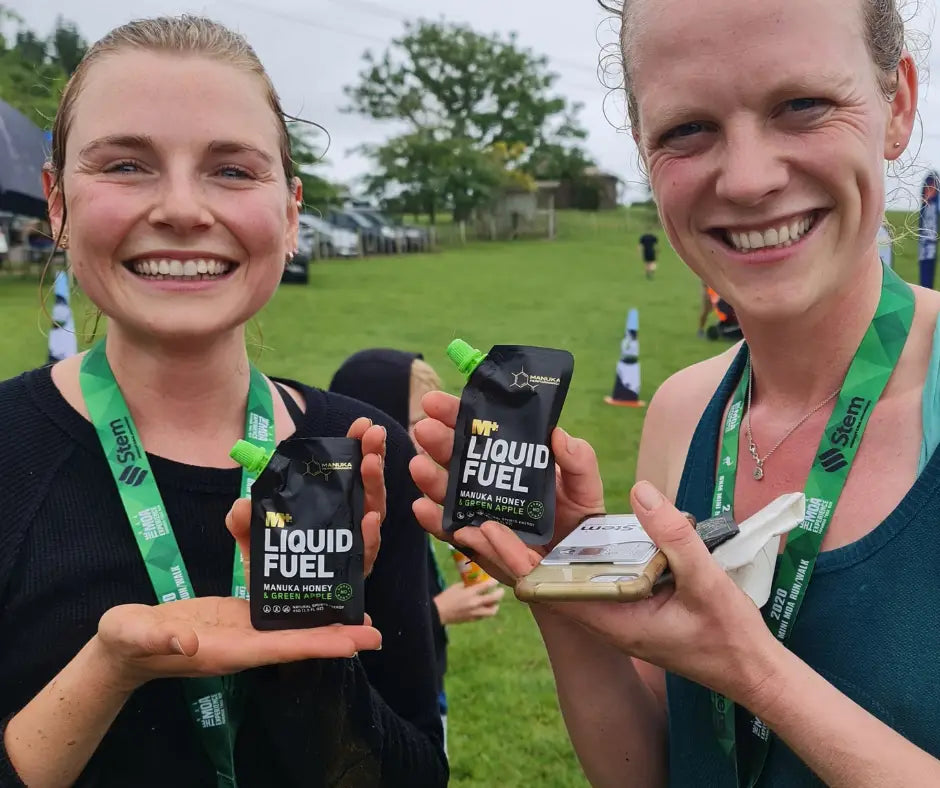The beautiful thing about science is that as techniques and methods develop, so too does our understanding of how and why things work. This is true for carbohydrate intake during sport and exercise. As our understanding of the mechanisms underlying carbohydrate metabolism and use during exercise has improved, so too has our application and advice related to its use. Gone are the days of guess work; to get performance benefits from carbohydrates during exercise we use type, dose, and timing.
The importance of carbohydrates and exercise
Carbohydrate utilisation during exercise is dictated by the type of carbohydrate and the amount, as well as the exercise session itself. Carbohydrates are made up of saccharides, and when we eat them, they get broken down into monosaccharides (monos: single, sacchar: sugar) – glucose, fructose, and galactose. The intestines then absorb these monosaccharides and deliver them to their target organs via the bloodstream.
Now, this is where it gets a bit nerdy. Different types of carbohydrates consumed during exercise get metabolised at different rates. The maximum rate of carbohydrate oxidation during exercise was previously identified as 60 g/hour1. Why? This is the rate the intestine can absorb glucose using a transporter called SGLT1. We now know that if we eat glucose with another form of carbohydrate, e.g., fructose, we can increase the absorption, and therefore oxidation, rates. Why? Fructose uses another type of transporter (GLUT5). Multiple transportable carbohydrates produce higher oxidation rates1.
Glucose is absorbed faster, while fructose is absorbed slower. This means a more sustained supply of energy to the working muscles. Performance improvements have been found in cycling where a 90 g/hour glucose-fructose drink was consumed during a 5-hour ride compared to glucose alone2, and other research shows exercise performance improvements for glucose-fructose solutions if the exercise is over 2 hours in duration3, and also in intermittent type activities4.

Ideal carbohydrate mix naturally found in honey
Honey is primarily carbohydrates (~ 80%), mostly glucose (~ 30 – 35%) and fructose (~ 35 – 40%)4. Honey also contains vitamins, minerals, phenolic antioxidants, and in Manuka honey, MGO. (Read more about MGO and why it's so important here) Honey has a low to moderate glycaemic index (GI) depending on the ratio of carbohydrates present in the honey. The GI refers to how quickly blood glucose rises after eating a food relative to a reference food (typically white bread or glucose), and foods are classified as either high, medium, or low depending on the insulin response to that food. Honey has a low to moderate GI, which is associated with its fructose content. Low GI products typically produce a lower insulin response and better blood glucose maintenance due to slower delivery of blood glucose.
Honey is therefore a suitable energy source for athletes or exercising individuals, particularly those involved in long exercise session over 2 hours in duration and has been found to be comparable with other forms of carbohydrate used before and/or during exercise to benefit performance and reduce perceptions of fatigue4.

So how many Liquidfuel Gels should I take?
Honey is a natural food source that contains both glucose and fructose (multiple transportable carbohydrates), as well as other valuable nutrients. The glucose and fructose provide energy to working muscles during prolonged activity and activity interspersed with high intensity efforts (intermittent). It is recommended to consume carbohydrate at a rate of 60 g/hour for sessions over 2 hours in duration, and 30 – 60 g/hour for sessions that are 60 – 90 minutes long. If higher doses can be tolerated, then 90 g/hour has shown benefits to performance.
Most research has used athletes and well-trained athletes, and athletes who perform at lower exercise intensities may have lower carbohydrate oxidation rates and will not need as much. Honey can also be used before exercise, and due to its lower GI will provide a more sustained release of glucose during the exercise session.
While the general recommendations are established by literature and scientific evidence, there are always individual differences, so test the timing and dose during training sessions to find what works for you. But do try because it does work.
Moderate to High exercise: Use 1x Liquidfuel Gel pouch every 30 minutes
- Take straight from the pouch or,
- Mix into your hydration / water reservoir (approx 2 pouches mixed per 1 liter of water consumed per hour)
Low to Moderate exercise: Use 1x Liquidfuel Gel pouch per hour
- Take straight from the pouch or as desired

References
- Jeukendrup, A. E. (2008). Carbohydrate feeding during exercise. European Journal of Sport Science, 8:2, 77-86, DOI: 10.1080/17461390801918971
- Jeukendrup, A. E., Moseley, L., Mainwaring, G. I., Samuels, S., Perry, S., & Mann, C. H. (2006). Exogenous carbohydrate oxidation during ultra-endurance exercise. Journal of Applied Physiology, 100(4), 1134-1141.
- Yusof, A., Ahmad, N. S., Hamid, A., & Khong, T. K. (2018). Effects of honey on exercise performance and health components: A systematic review. Science & Sports, 33(5), 267-281.
- Hills, S. P., Mitchell, P., Wells, C., & Russell, M. (2019). Honey supplementation and exercise: a systematic review. Nutrients, 11(7), 1586.

